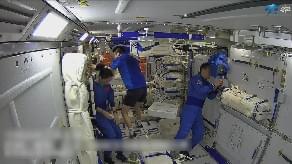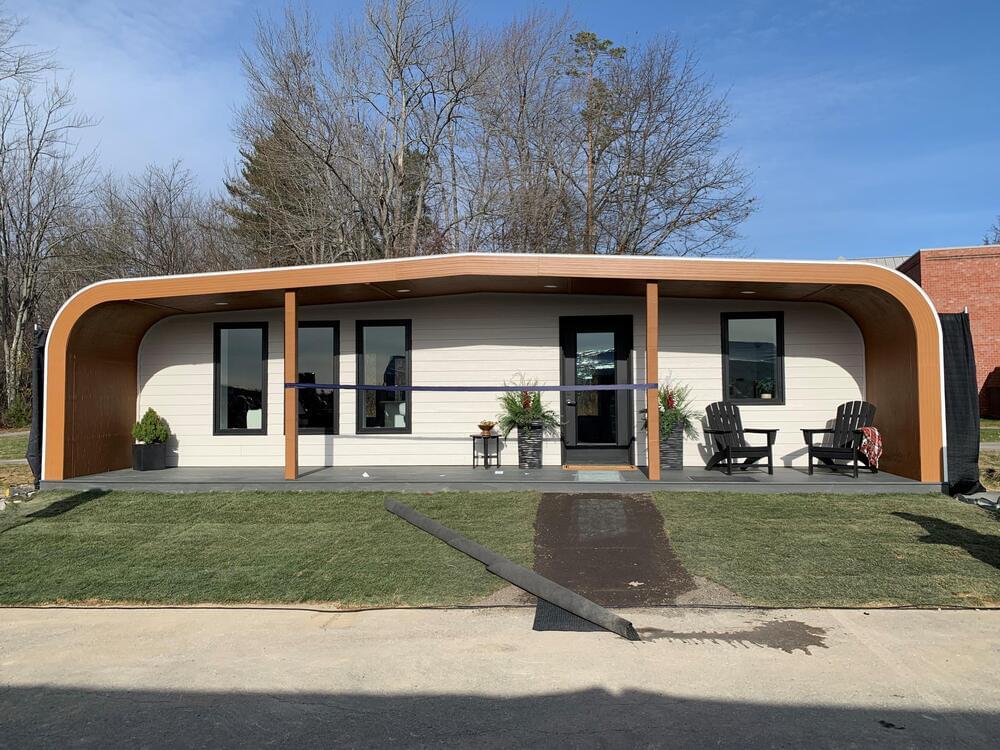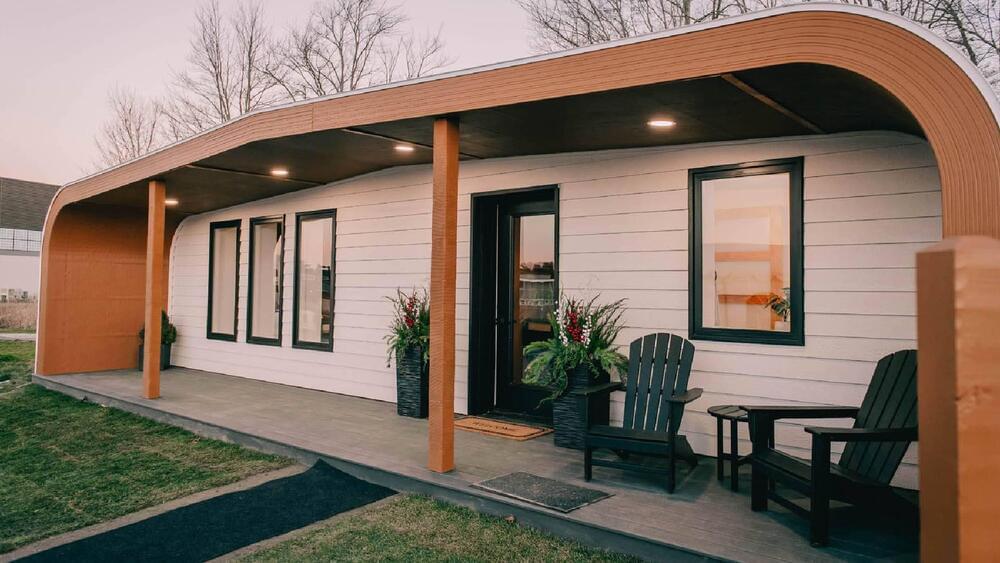The partnership aims at building infrastructures, such as landing pads, habitats, and roads on the lunar surface.
In a quest to find practical solutions to build sustainable structures on the moon, NASA has furthered its partnership with ICON, a construction technologies company based in Austin, Texas. The firm is known for building the first-ever habitable 3D-printed home in the United States in 2018.
The space agency has now awarded a $57.2 million contract to ICON to devise solutions that “could help build infrastructure such as landing pads, habitats, and roads on the lunar surface,” according to the press release.





